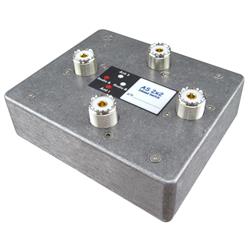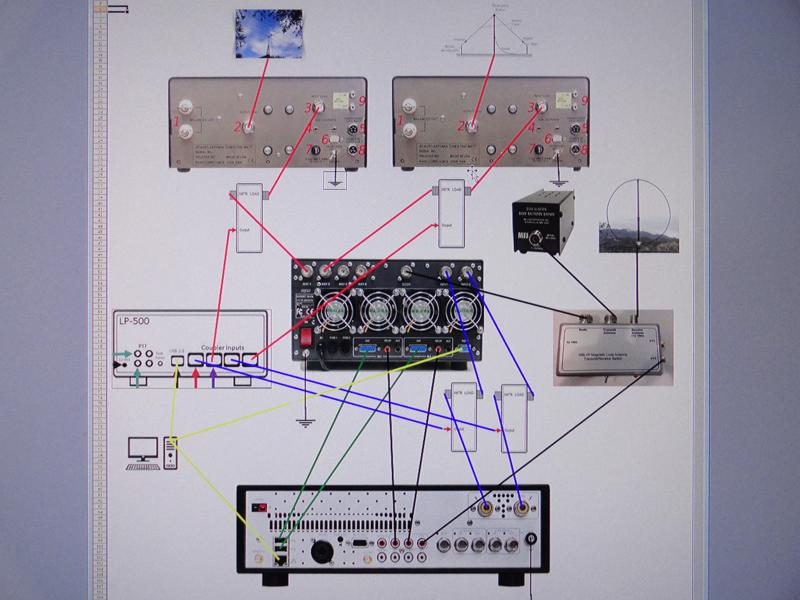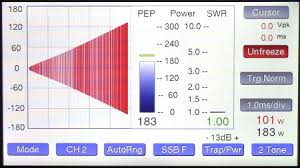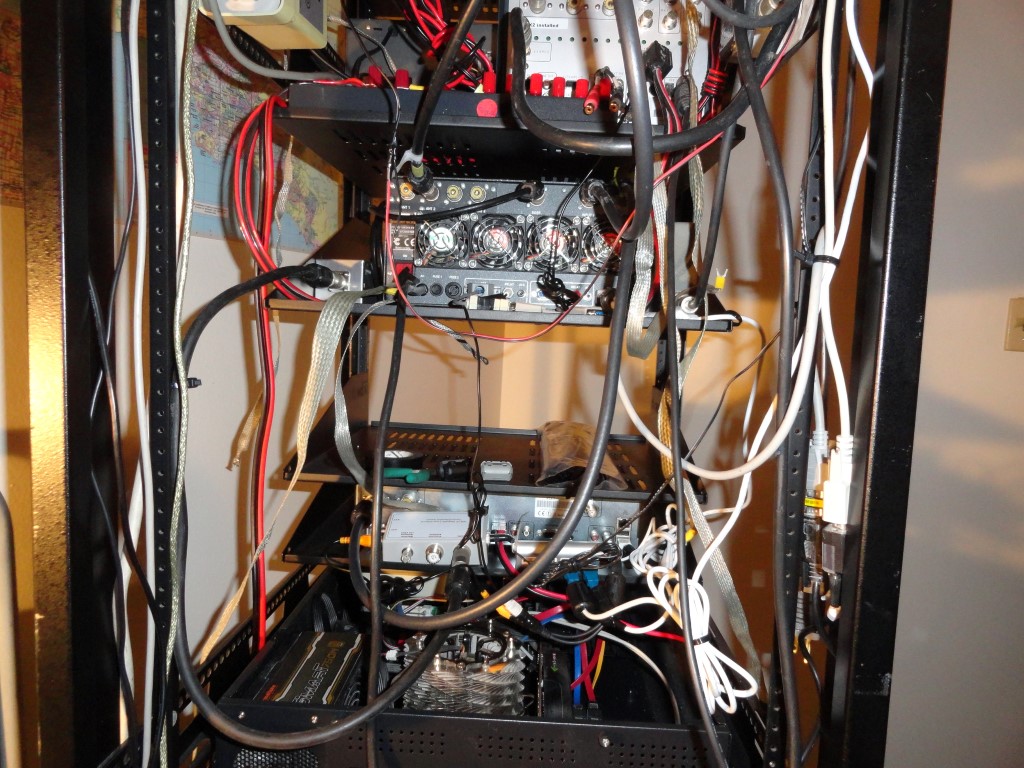
Installation of the SO2R RX Loop Antenna TX Relay
The SPE Expert 1K-FA amplifier allows connection of two transceivers, four antennas, and, an SO2R RX-ONLY antenna. When transmitting on Radio#1, Radio #2 is connected to the SO2R RX antenna. This enables the operator to listen on Radio #2, on any band, while working the latest DX on Radio #1, and vice versa. Automatically. The Expert amp does all the switching.
SPE Expert 1K-FA Linear Amplifier
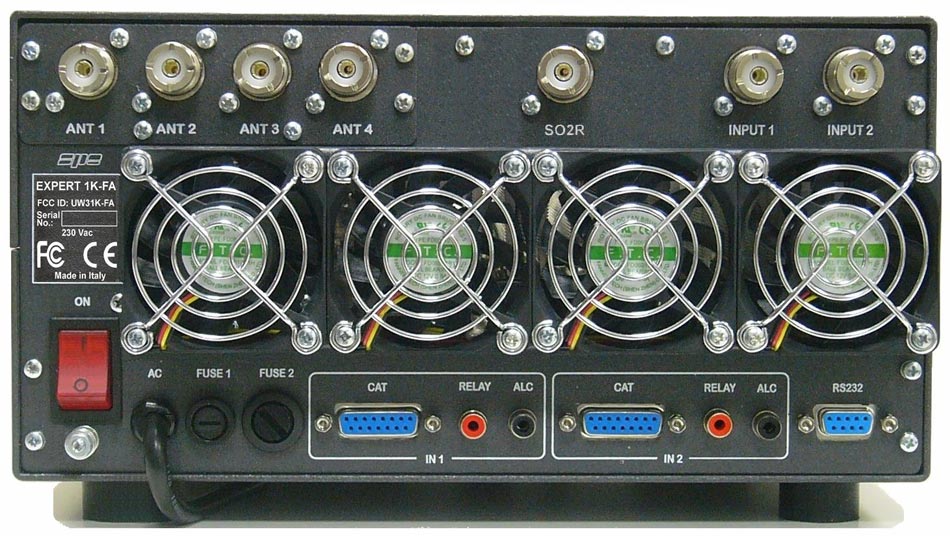
SO2R operation also presents the possibility of overloading or damaging the sensitive RX front ends of the two connected transceivers. The 1K-FA manual warns of this possibility and cautions the user about antenna separation etc.
W6LVP Loop Antenna
For an SO2R antenna it is suggested (and makes the most sense) to use a wideband RX antenna on this port. In my opinion the W6LVP Loop is the best antenna on the amateur market for this purpose. Perfect for use with my amplifier. I researched them all, and chose the LVP. The loop antenna is available in a version that includes a TX/RX Relay/Power Injector box. Wait, isn’t the SO2R port on the amplifier RX-ONLY? The answer is yes, but…and it’s a big but…only when the amp is turned on. Huh? When the 1K-FA amplifier is turned off, Radio #1 is connected to antenna #1 (which in this case is a resonant TX/RX antenna), and Radio #2 is connected to the SO2R antenna.
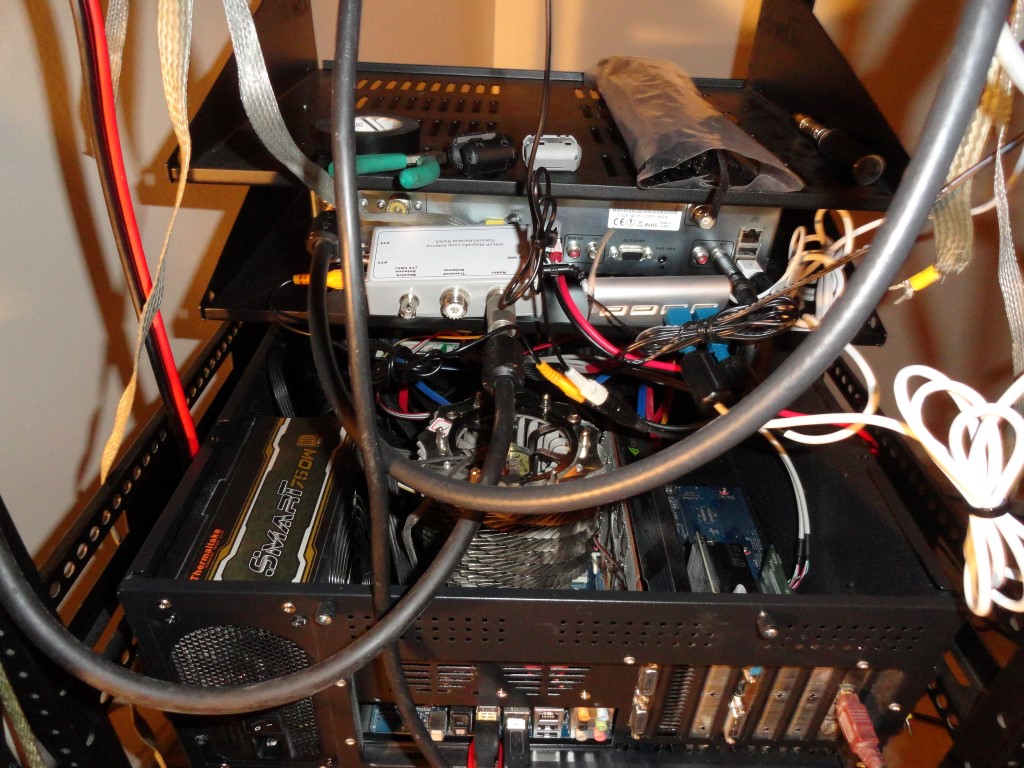
Found A Hitch!
Under the operating condition when the amp is turned off, Radio #2 will transmit into the RX-ONLY antenna. (!No Bueno!) And by doing so, would likely destroy the RX preamp in the loop antenna. Once I realized this I ordered the TX/RX Relay and put it place with a dedicated PTT line from Radio #2 to switch it. Even though the Relay Box can auto-sense RF, I felt a PTT line would better, perhaps even faster. Some idiot-proofing by the operator, for the operator! I was sure it would only be a matter of time before I would make this mistake, so the relay was put into place.
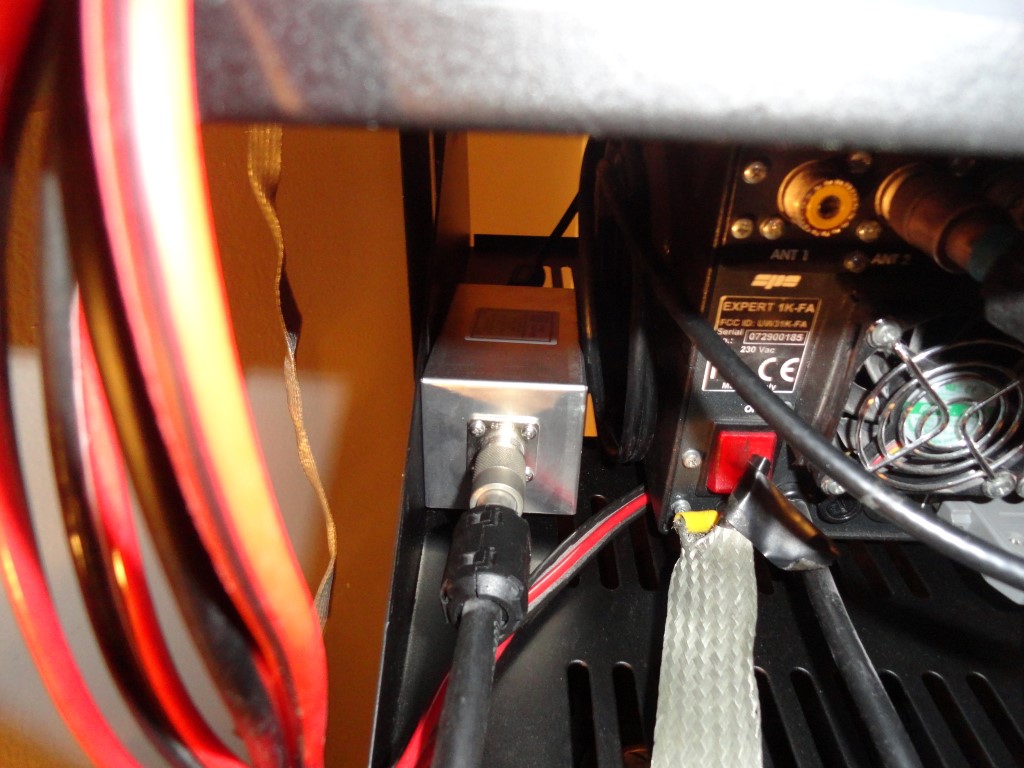
During my research I found the Array Solutions RXFEP – Receiver Front End Protector. The RXFEP is a low cost solution and a must have ‘failsafe’ device to protect against overloading the RX in an SO2R configuration. After all, I’ll be transmitting with over 1KW output on an antenna in close proximity to the RX Loop antenna. The Flex 6000 series transceivers have RX front end protection built-in, the Flex 5000 does not, and one can never be too careful. Insertion loss? Not enough to bother me…
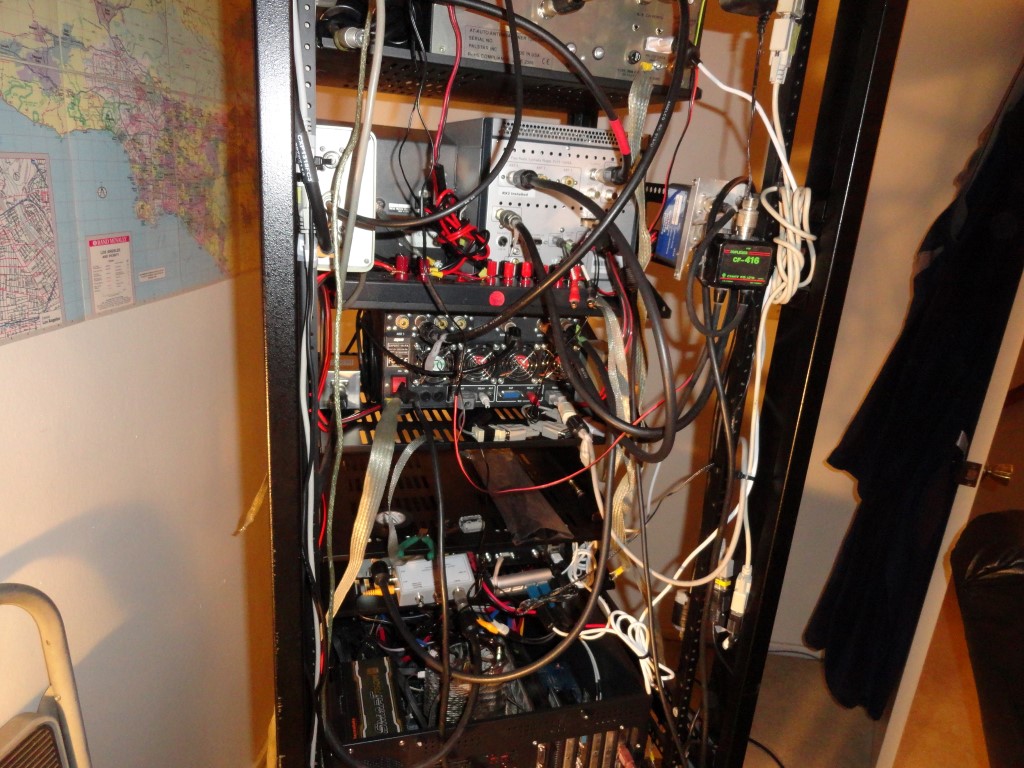
Next I will be adding the antenna connector breakout panels, an audio breakout, and the ground bar for the Single Point Station Ground.
